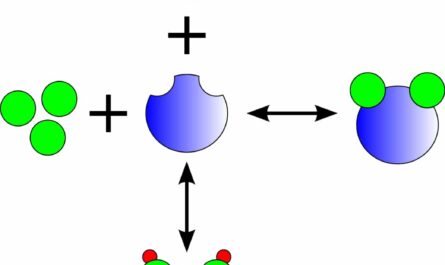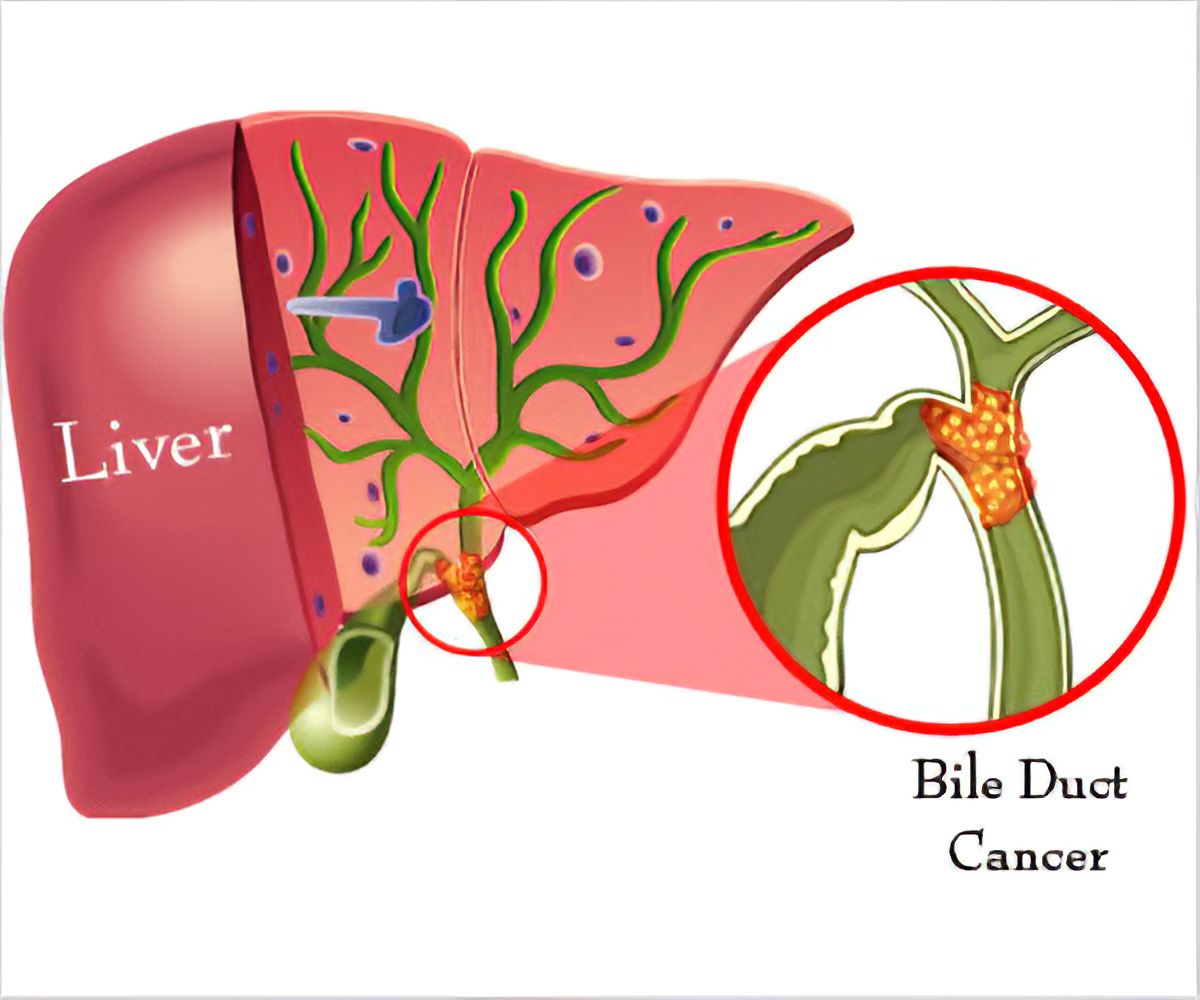Aesthetic medicine, also known as cosmetic or anti-aging medicine, is a burgeoning field that allows people to enhance their appearance through minimally invasive procedures. With the rise in popularity of non-surgical treatments, aesthetic medicine clinics are seeing more patients each year seeking ways to look younger and fresher faced.
The Rise of Non-Invasive Treatments
For decades, surgical facelifts, liposuction and breast augmentations were the mainstay cosmetic procedures. However, advancements in technology have given rise to treatments that yield natural-looking results without going under the knife. Options like Botox, fillers, laser resurfacing and body sculpting use minimal downtime and lower risks compared to surgery. As people wish to turn back the hands of time but don’t want the surgical recovery, non-invasive treatments have witnessed explosive growth. A report by Grand View Research projected the global non-invasive aesthetic industry to reach $25 billion by 2025, up from $9.8 billion in 2016. Safety profiles and ability to incorporate these procedures into routine self-care is fueling this rise.
Botox: The Most Popular Cosmetic Procedure
When discussing Aesthetic Medicine, one treatment reigns supreme – Botox injections. Administered by a dermatologist or plastic surgeon, Botox relieves wrinkles on the forehead, between the brows and around the eyes by relaxing underlying muscles. Over 7.6 million Botox procedures were performed in the U.S. in 2018 according to the American Society of Plastic Surgeons, more than any other minimally invasive or surgical procedure. Its non-permanent effects and ability to refresh one’s appearance in 30 minutes appeals to masses. A single treatment usually smoothens fine lines for 4 to 6 months. As wrinkle-causing muscles are temporarily immobilized, people appreciate the instant yet natural rejuvenation afforded by Botox.
Dermal Fillers for Volume Restoration
As we age, loss of collagen and fat leads to thinning of lips, cheeks and jawlines over time. Dermal fillers help counter this volume deflation through injections of hyaluronic acid-based gels like Juvederm and Restylane. These substances are naturally found in the skin and plump up folds and wrinkles from within. Popular areas include the nasolabial folds extending from nose to mouth corners and marionette lines from mouth corners to chin. Fillers are also extensively utilized for lip augmentation. With minimal downtime, fillers let people augment specific problem areas and regain a fresher and more lifted appearance in their face. Their smoothing hydration effect accounts for why filler procedures outnumbered Botox injections in 2018.
Laser Rejuvenation Treatments
Over the past decade, laser treatments have revolutionized skin revitalization thanks to targeted ablation of damaged skin layers. CO2 resurfacing laser allows renewing skin at a deeper dermal level, reducing fine lines, pigmentation, acne scarring and signs of photodamage. Fractional lasers like Fraxel utilize microscopic columns of thermal injuries to stimulate collagen production from within. This induces collagen remodeling for a tighter and brighter skin texture. Non-ablative lasers employing infrared light also boost collagen and elastin. IPL or Intense Pulsed Light works on clearing sun spots, redness and broken capillaries. Healing period is nominal for lasers, yet they work wonders for a more refreshed and even skin tone.
Body Contouring Options
While the face takes center stage, changes to our body with age are equally empowering to reverse. CoolSculpting and truSculpt utilize controlled cooling to eliminate stubborn fat pockets around the abdomen, flanks, back, inner thighs and even the bra fat area. These FDA-cleared procedures destroy fat cells through a process called cryolysis without surgery. Radiofrequency and ultrasound based treatments like Vanquish ME also effectively heat up deep tissue for skin tightening and circumference reduction. Men increasingly opt for non-invasive tightening of love handles, chest and back. Such procedures whittle down problem body areas in 6-8 weeks for a contoured physique beneath fitted clothes.
Growing Acceptance among Millennials
With their embrace of wellness and self-care trends, millennials represent 50% of aesthetic patients today. Gen Z is also fast catching up. The taboo around cosmetic enhancements is fading as people realize looking good positively impacts self-esteem and career. Non-surgical enhancements let younger individuals shape facial features and fix insecurities through quick lunchtime visits. Social media has normalized the concept of “prejuvenation” or maintaining a youthful appearance. As long as results seem organic, aesthetic treatments empower all ages to sculpt their best self – inside out. Their accessibility drives a crucial societal change, allowing people to embrace growing older gracefully on their terms.
As the demand rises across age groups, more providers specializing in customized aesthetic plans continue sprouting up. Industry titans also amalgamate technologies under one roof for maximizing outcomes. The future looks promising for continual innovations through rigorous research, ensuring aesthetic medicine remains a premier yet natural way to polish one’s presence. With safety firmly at the core, this field will carry on revolutionizing people’s relationships with their appearances for the better.
*Note:
1. Source: Coherent Market Insights, Public sources, Desk research
2. We have leveraged AI tools to mine information and compile it




